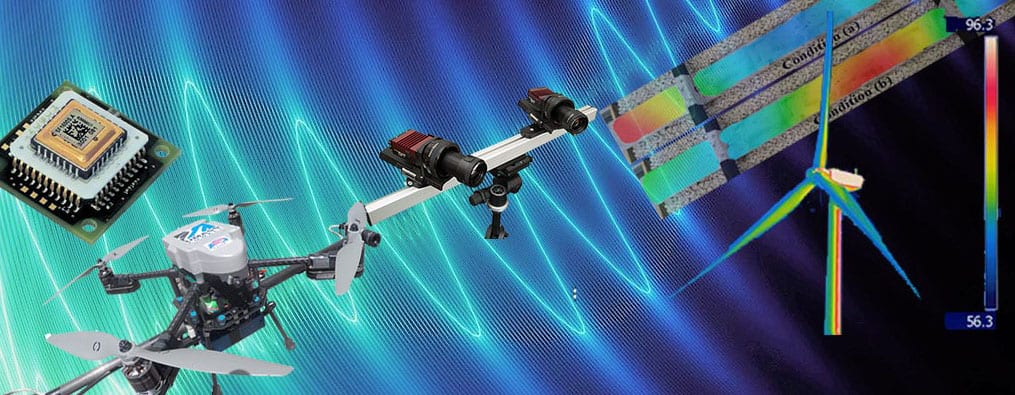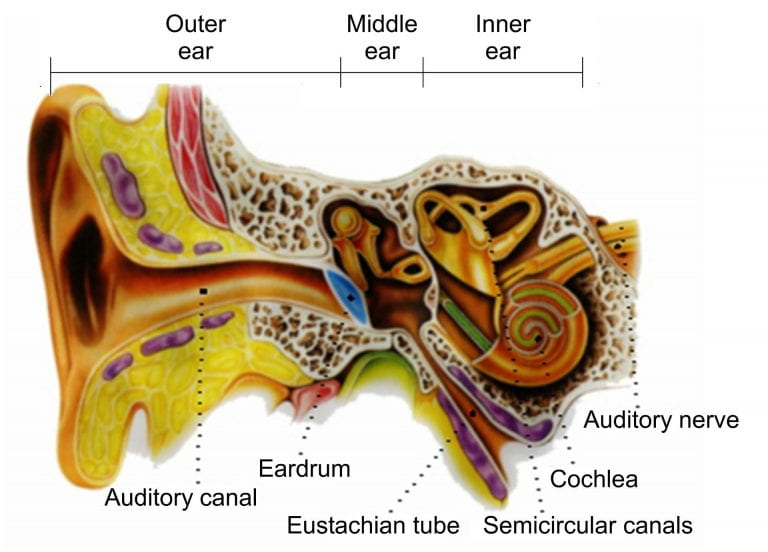
Research performed in the field of workplace noise focused on occupational impulse noise hazards. Impulse noise is of severe concern because it may be more dangerous than loud sound levels acting for longer time. Indeed, ear protection (i.e. stapedius muscle excursion), occurring with stretch reflex times, is not efficient against a noise that releases its energy in few milliseconds. Research aimed to demonstrate the weaknesses of the current legislation in assuring an effective protection and to propose integrative methods for evaluating the hearing hazard workers are exposed on.

In Europe, security is ensured with the Directive 2003/10/EC of the European Parliament and of the Council of February 6th, 2003 on the minimum health and safety requirements regarding the exposure of workers to the risks arising from physical agents (noise); while in the United States the OSHA Standard number 1910, subpart G “Occupational Safety and Environmental Control” regulate the exposure of workers to loud acoustics fields. Nevertheless, these standards are far away from guaranteeing a complete safeguard because of several shortcomings, including an underestimation of the effects impulsive noises have on the human ear. Impulsive noise is of concern because due to its quick-propagation nature (i.e. a few milliseconds), the stapedius muscle cannot activate the defensive mechanism since it occur with the typical time characteristic of a muscle reflex (i.e. nearly 1 second). The stapedius muscle protects the ear from possible damage by reducing excursions of the ossicles and reducing the energy moving from the tympanum to the oval window. Since it occurs with the typical time characteristic of a muscle reflex (i.e. nearly 1 second), its action is not-effective against quickly-raising sounds.

The study focuses on analyzing acoustic parameters with the procedures highlighted by the current directives to prove they cannot guarantee adequate protection from noise. To finish, integrative procedures have been proposed which take into account the influence of sound phenomena’s spectral composition and its influence on the interested portion of human cochlea to achieve a better protection of workers.
The publications describing the details of this research can be downloaded using the following links:
